
This is how artificial intelligence has improved user experience in the E-commerce trends sector and purchased it to the next level. At present, a lot of web development companies in India are making AI-powered shopping websites. So, in this article we will discuss some powerful ways to make use of artificial intelligence in E-commerce:
Creating Customer-Centric Visual Search
When you shopping online as a customer, you might encounter product results on the page that are not only irrelevant but foreign too. It’s annoying, so annoying that you tend to leave the page, here when AI is coming into action.
AI tends to use a natural language process to contextualize and improve the search results in order to track this kind of issue. AI uses visual search capabilities that tend to match the product. And making it possible to shop for the things that are you looking for, and love.
Self forecasting
Now your business can forecast its sales with smart software development solutions. Imagine an alternate reality wherever the promoting efforts and also the expenditure square measure seen only if your potential client tends to form procurement. The conversion rate would never leave the peak, and also the expenditure is targeted only if the client is probably going to form procurement.
Having the info on once the products would be sold would supply the client with the concept on the inventory that they have to refill once more. This is able to not exclusively eliminate the big total of unwanted value however would conjointly tend to form the retailers a lot of economical. This is often way more helpful within the business that tends to sell concert tickets or give transportation to the folks.
Filtering fake review
Fake reviews have continually been one of the largest issues for online retailers and e-commerce brands. In step with analysis by computer program land regarding half of 1 mile of the patron trust online reviews the maximum amount as they trust a private recommendation.
However, throughout your time, individuals tend to encounter pretend reviews that could be printed by competitors and alternative brands. Therefore, to fight this, most of the e-commerce Trends competitors make use of AI to get rid of these pretend reviews and facilitate customers with authentic comments on the products or brand.
Intelligent searches
No surprise, AI will create your computer program smart. AI-powered search engines track your browsing patterns and do searches as per that to assist you to discover specifically what you’re trying to find. AI-powered search engines pull info from massive knowledge with deep learning. They use the search term you enter and deeply analyze the speech communication command with the client.
Re-targeting Potential Consumers with Artificial Intelligence Sometimes, whereas managing the ad campaigns, you’ll notice that the client spends a notable quantity of your time on a specific product and so suddenly exit. Usually, that info is going to be kept to be used upon their next visit. Well, the face of sales is ever-changing with businesses responding to the client. Currently, firms square measure reading the minds of consumers, and it’s all due to the information used with AI.
Get Better Cyber Security
The biggest threat to E-commerce platforms is that a way to keep their client knowledge secure at their website. Excellent news for entrepreneurs! With a high AI Development Company in India, you’ll be able to increase the protection of your information. E-commerce platforms will keep the criminals at the bay of the shop, and information of the client can stay safe within the information with the combination of AI and deep learning into security solutions.
Personalization
According to a recent survey, approximate 74% of marketers have stated that targeted personalization grows their overall consumer engagement rates. New technologies have entered E-commerce with the help of advancement in machine learning and artificial intelligence. The growing advantages of AI in E-commerce have permitted the E-commerce businesses to boost their engagement rate, decrease time transaction, and conversion. Thus now you are able to send in the right message at the right time as personalization has monitored channels and device to make consumer view.
Superior Security for Consumer Data
Keeping the consumer data secure is the biggest responsibility for ecommerce stores. Estores are vulnerable to fraudulent activities such as hacking and requiring extra care. Artificial intelligence assists to grow the security of your database. Due to the integration of artificial intelligence and deep learning into security solution, online shopping platforms keep consumer data secure, common network vulnerabilities, spam at bay. Artificial intelligence are able to process big volumes of extensive. Repetitive data can nip fraudulent activities and rapidly in the bud by defecting anomalies.
Dynamic Pricing to Give Ultra-customized Discounts In Real-time
Dynamic valuation may be a strategy whereby retailers’ modification the cost of the goods supported offer and demand in real-time. It leverages client information, competitive valuation information, and sales dealing information to predict once to discount, what to discount, and dynamically calculate the minimum quantity of discount required to confirm dealing.
The consequence is the flexibility to deliver a just-in-time, custom-made discount to an E-commerce buyer, with the most attainable profit to the complete. Amazon is that the market leader during this domain, presently seeing large success in applying dynamic valuation. They modify costs every ten minutes, which is fifty times over Walmart and Best obtain and has shown the way to a profit boost.
AI for predictive behavior modeling to make better decisions
One of the foremost exciting applications of AI is its ability to imagine in the long run. With access to a spread of structured and unstructured information sources like social media, sales data, and research, it’s attainable to form complex psychographic profiles of legendary customers to identify rising trends and even predict unknown demographic profiles.
By predicting behavior, brands will crop on wasted advertising and optimize selling efforts, resulting in inflated revenue and better profit margins. Predictive behavior modeling will be wont to build predictions on an embarrassment of sales connected things:
Forecasting if a user can build an acquisition in a very specific product class in real-time.
Predicting if a user can come back and what purchases they’re going to build at sure times.
Prediction of client lifespan price.
Foreseeing client churn.
Demand prognostication for specific product classes.
AI for optimizing inventory and warehouse management and logistics
Efficient inventory management is all regarding maintaining the proper level of inventory that will fulfill market demand while not adding to idle stock. Optimized supply is regarding reducing resource consumption in delivery and delivery time.
Voice assistants
You still using Google searches to compare the product and prices while shopping then wakes up. In this modern world, shopping for your favorite product is just one voice command away. Google`s Alexa, Apple Siri to be your shopping assistants in the home.
Voice search is the new tool that allowing users to communicate with web services using only their voice command. Web developing company in India integrated this technology into smartphones and smart speakers that are especially designed for voice communication.
Automation
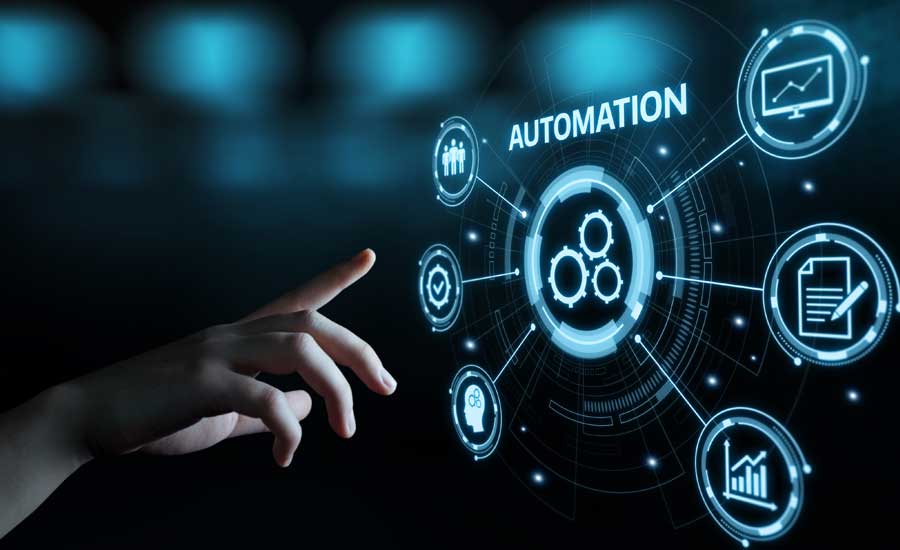
If you’re obtaining this idea that AI means robots and machines that appropriating for you, then I’m sorry to interrupt your confusion — that’s not about to happen. Computing tends to make use of the technology and algorithmic program and tell the individual retailers what area unit their client specifically trying to find.
Because the e-commerce trade continues to grow and expand automation becomes a requirement for each trade. The task within the individual field tends to grow too. This suggests that the robots at this point will take over and supply discounts, sales, and new worth product to the client.
Targeting the Potential Buyers Again & Enhancing the Sale Game
From the survey, it is found that 38% of market sales gets affect because of poor quality leads. It means potential barriers that are interested in the product seem to fall in the crack.
This type of business fails to understand that the customer data can help them figure it the customer’s needs. If a customer spends maximum time near a shelf or a product making their decisions then the information is stored in the data record.
ChatBots
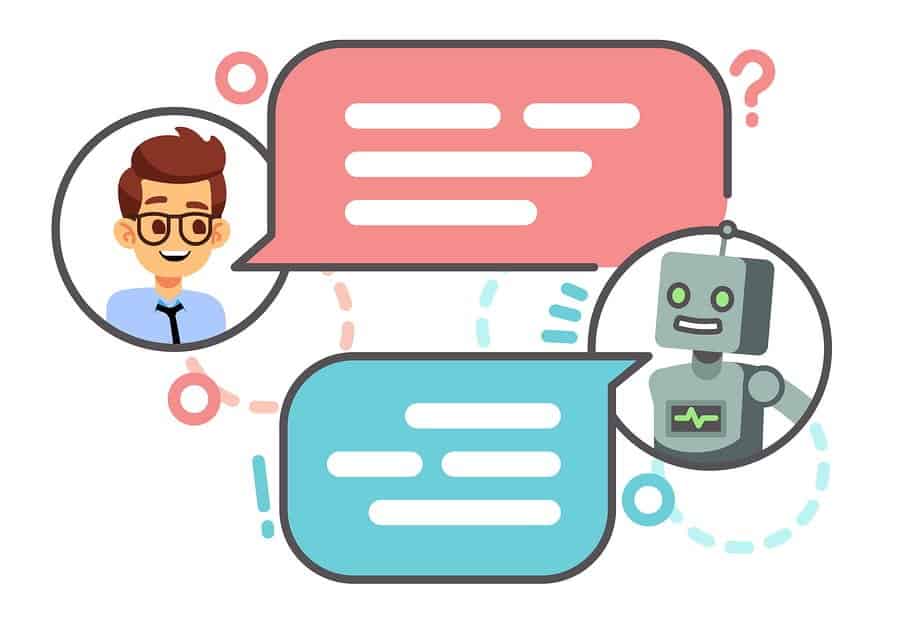
Due to ChatBots e-commerce industry is able to offer 24/7 assistance. They tend to offer the customer all possible solutions and answers that they tend to deal with. There are also current chatbots that tend to help the customer to make buying decisions. And tends to communicate with the customer either with the help of text or call.
Providing a Recommendation to the Customers
Now you are aware of these things that AI can effectively and efficiently predict customer`s behavior. And their needs that offer relevant and helpful recommendations. If you are still untouch by this feature, then it’s time to hire Web development companies in India to gets your hands on these updates. It tends to collect data that has been searched and look for. The algorithm takes the information to offer the essential reference to the use.
Image Recognition to Aid Product Discovery
As we had seen at the object search by Amazon at the beginning of the story, e-commerce companies are quick to adopt this technology. And cannot come across as a surprise when companies are on the rise that can make extraordinary sense out of visual data. An Indian fashion e-commerce company like Myntra provides an image search feature to its customers combined with voice search.
It is the choice of the customers to upload pictures from their galleries and the app displays products detect in the image. Amazon also added a similar feature known as StyleSnap, customers can easily upload photographs of fashion looks. And the app returns search results that match the items in images like apparel, fashion accessories, etc.
The algorithms can detect sub-categories of items like fabric with deep learning and computer vision, behind the sense makes. An extension for photo recognition technology is being used by Alibaba what is called virtual fitting rooms. The features available on the Tmall app give virtual renders of users earning the selected fashion items. After that they upload a photo proposed by top Web development companies in India.
They help the buyers with personalized recommendations. And also communicates to retailers, suggesting they enhance inventory for specific products to stay prepared for increasing demand. Artificial intelligence helping e-commerce marketplaces simplify the shopping method for the end-user and offer a correct degree of personalization.
AI-driven Advertising Automation for Sellers
Small and medium businesses selling from online marketplaces are not known for their performance marketing skills. Top web development companies in India create advertising campaigns from scratch on Google ads, and track these campaigns in order to optimize them. Thus, the main focus of marketplace merchants remains on their products and how they are selling from a marketplace. If sellers launch ad campaigns across the channel with a single click, sit back and witness ads performing well.
E-commerce developer can leverage AI and machine learning to impact sales
The thing about artificial intelligence is that it relies on you data and the economic using data manifests as:
1. Increasing products: Using user’s feedback to make products better.
2. Optimizing operations and process: choose the most of your warehouse ops and delivery.
3. Classify new markets: Concluded building of buyers personas, advanced market research, etc.
4. Automating workflows for both physical as well as digital.
5. Prevention from making fraud.
Exactly any kind of data can use to exact business-impacting insights. Just some data sources that are relevant to your e-commerce trends business:
1.Customers and professionals reviews
2.User support transcripts and call center
3.Natural language as in voice data
4.Logistics and operations
5.Social media
Users are continuously creating rich data sets as they interact with e-commerce trends brands.
E-commerce Developers Can Change the Game with AI and ML
These examples are ways that e-commerce developers are saving and making millions of dollars for companies. But machine learning developers can do in the e-commerce space. The most popular e-commerce trends platform used by SEMs the world over are using AI and ML to better serve their customers. E-commerce growth is not slated to slow down any time soon. By the COVID-19 situation, indeed the culture of delivery may have been exacerbated. It will be more than just traditionally e-commerce business that will have to make use of artificial intelligence solutions for optimizing solutions.
Final words
Hope, this article will explain you how artificial intelligence affecting the sales and revolutionizing the online shopping or E-commerce trends sector. In the future we will provide you more articles and blogs regarding artificial intelligence, mobile app developing, machine learning, etc. So, stay connected with us. Please share your point of views with us in the comment section regarding the role of artificial intelligence in E-commerce.


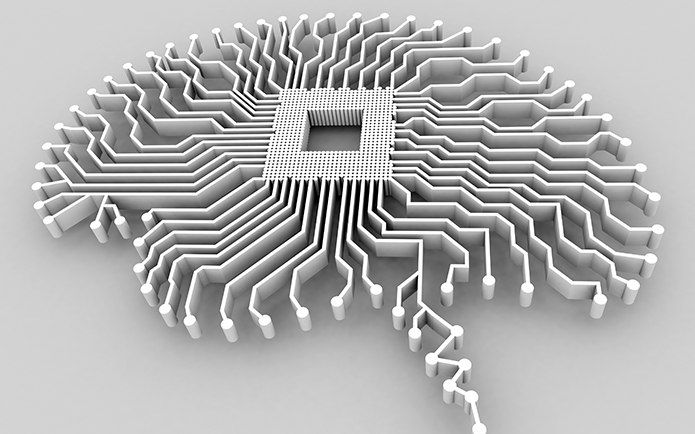

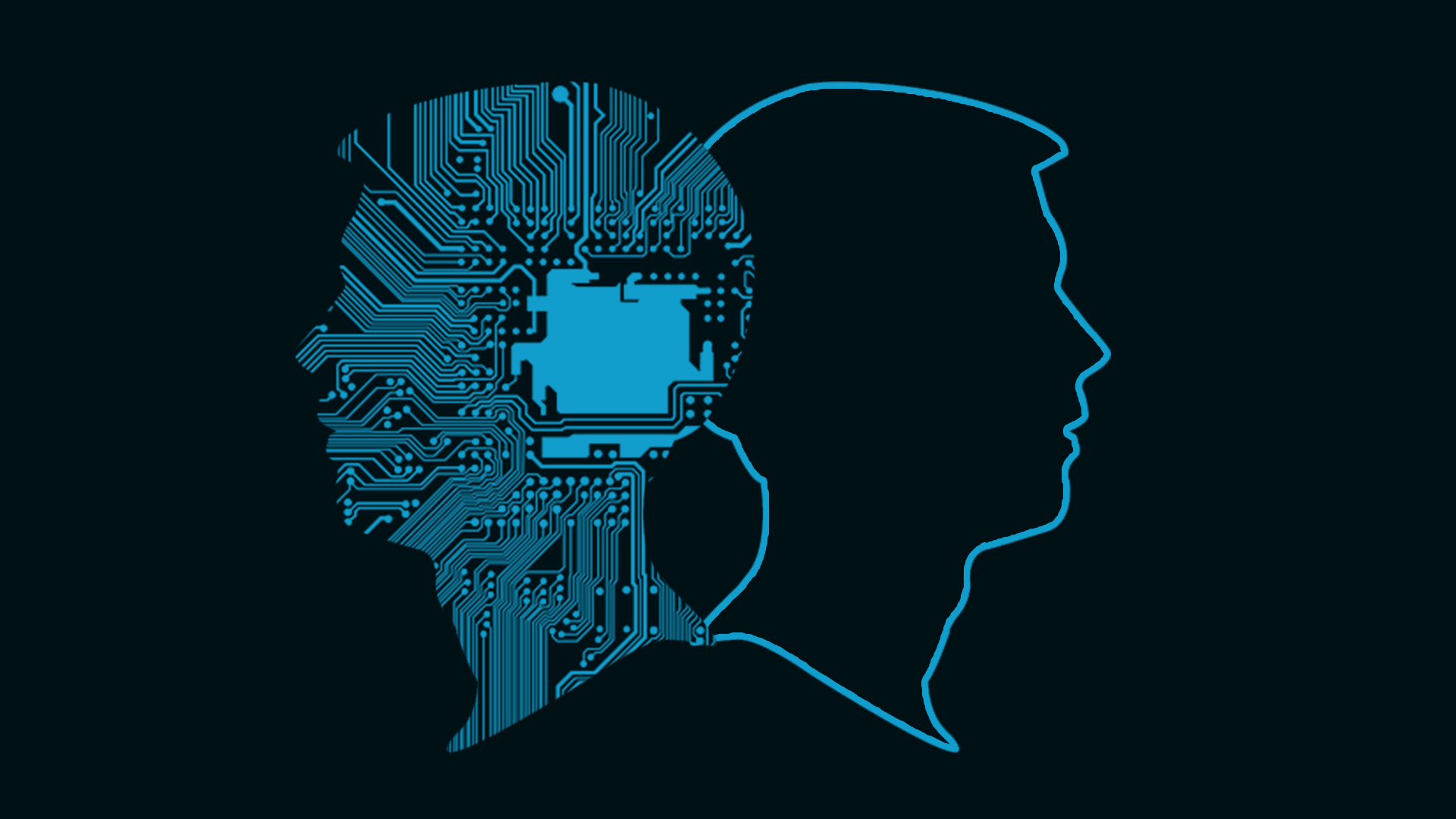



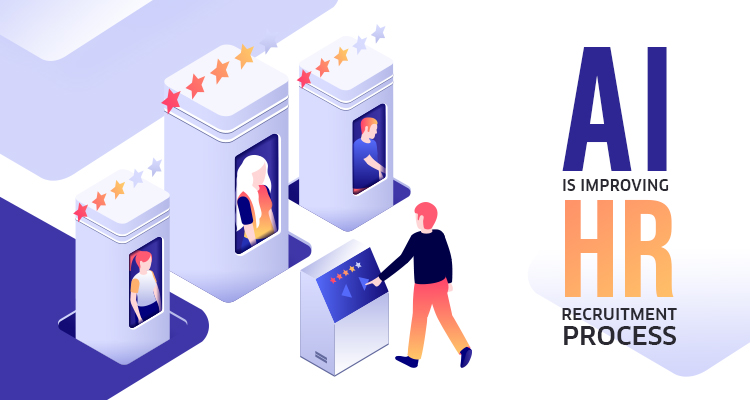
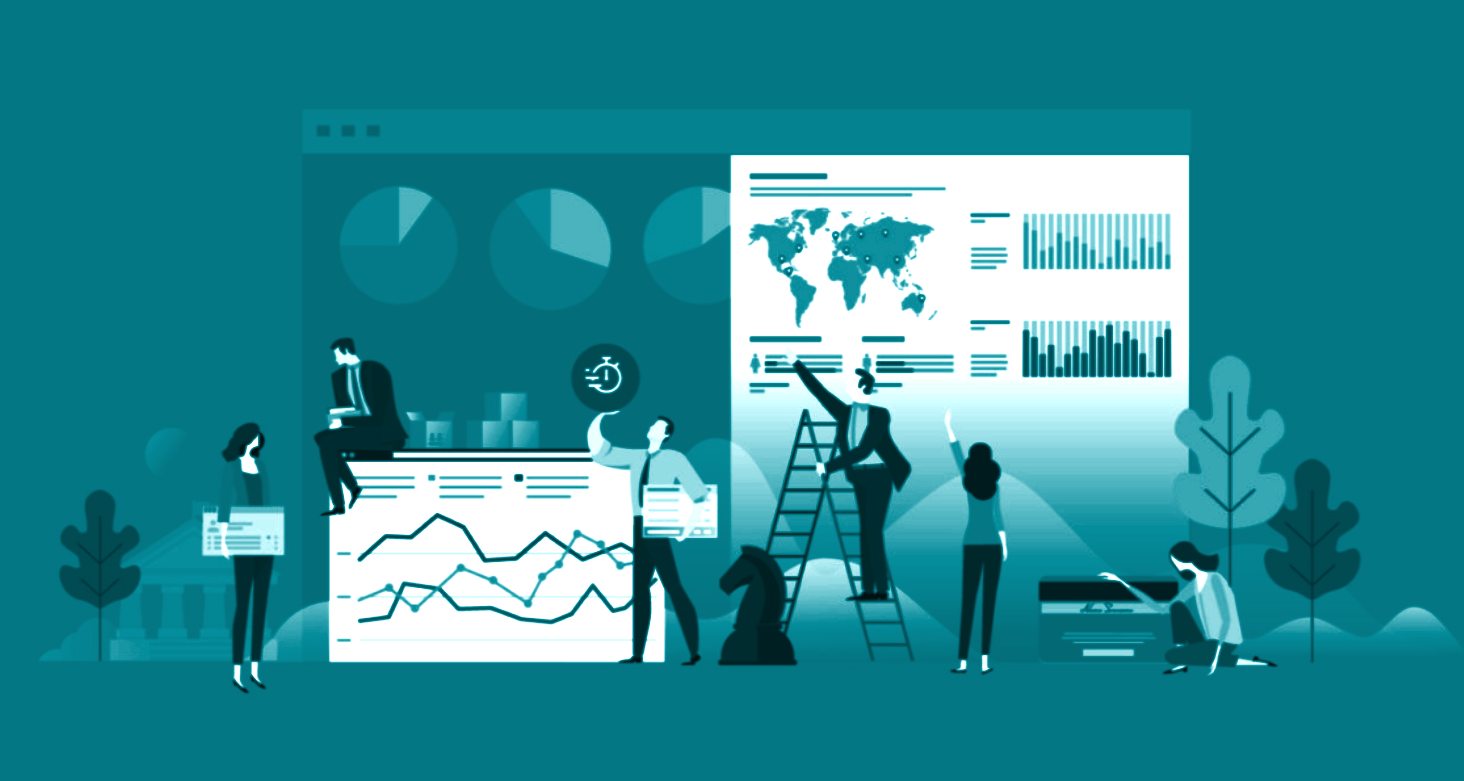


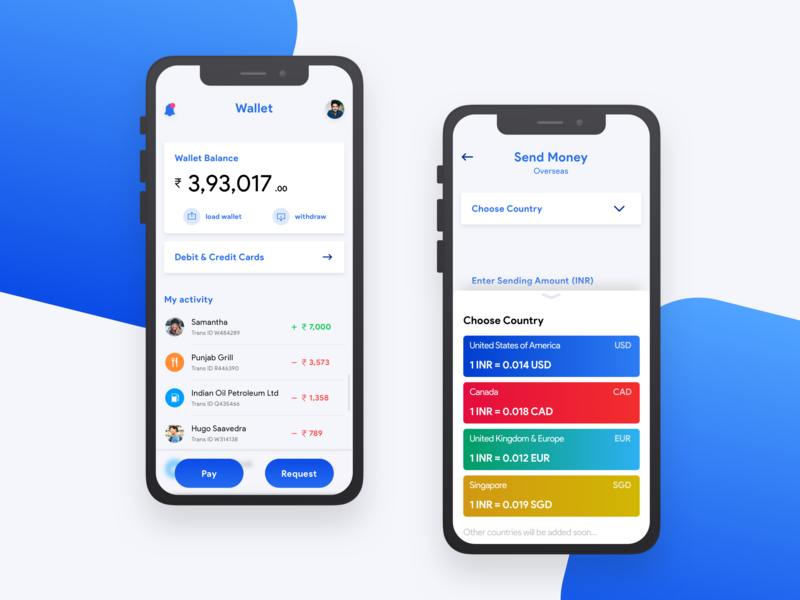


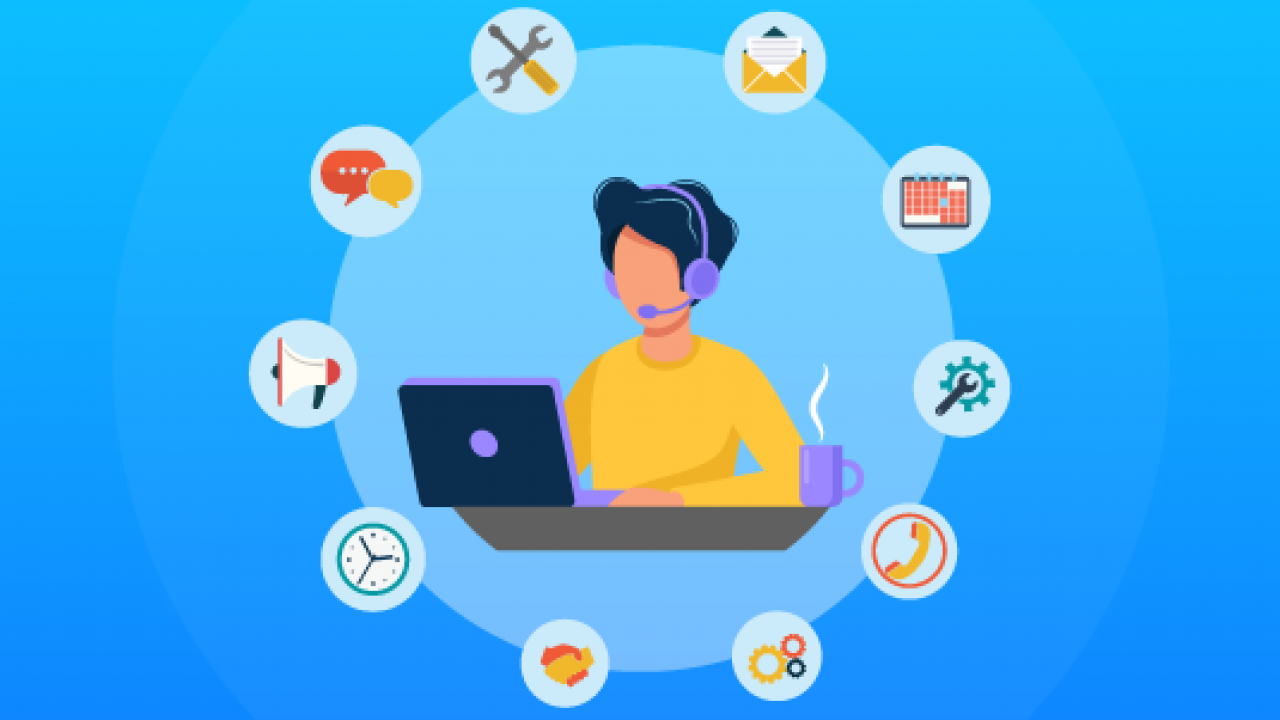




 Can we really imagine intelligent machines rivaling human creativity? Somehow, it’s still difficult to imagine a mathematical algorithm to be creative, isn’t it? But, not anymore.What we’re witnessing is that AI can be creative, even artistic. Recognizing and sorting images is one thing, but how about creating those from scratch?
Can we really imagine intelligent machines rivaling human creativity? Somehow, it’s still difficult to imagine a mathematical algorithm to be creative, isn’t it? But, not anymore.What we’re witnessing is that AI can be creative, even artistic. Recognizing and sorting images is one thing, but how about creating those from scratch?




